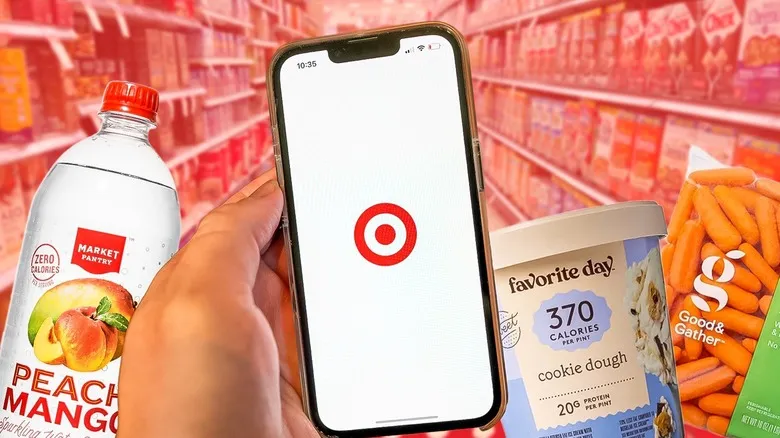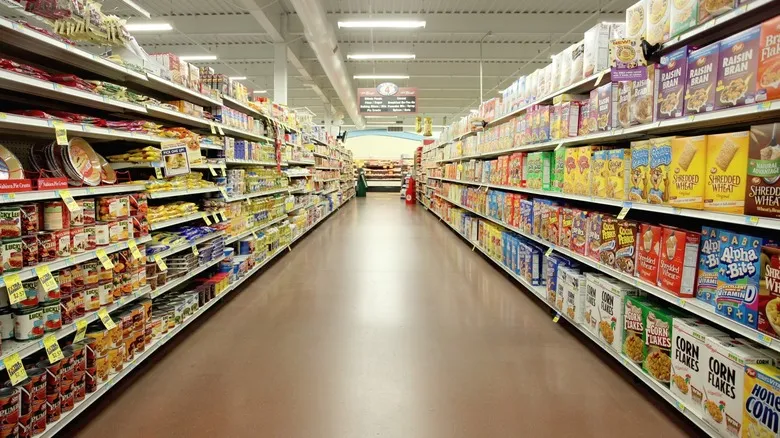What cleanliness tells you

As you navigate a grocery store, certain hygiene concerns extend beyond mere disarray. Clear indicators such as dirty floors, lingering spills on surfaces, or an inoperative restroom signal that the store may not be prioritizing health and safety. Fresh produce sections, in particular, are vital areas for maintaining cleanliness. If the fruits and vegetables appear unappealing—not merely due to the usual wear from shopping but as a consistent issue—it could indicate poor inventory management by the store. Additionally, refrigerators and freezers that fail to maintain proper temperatures or have malfunctioning doors are significant red flags. These issues may suggest that the store lacks sufficient staff to ensure smooth operations, which can compromise food safety.
A lack of cleanliness may also hint at more serious problems, such as pest infestations or expired items, especially when messes are left unattended. For instance, if a store neglects to clean up spills in the dairy section, often situated at the back where they might go unnoticed, it raises concerns about their overall food handling practices. Consequently, the USDA advises customers to report any cleanliness or quality concerns directly to store management, as these issues can pose serious health risks. If you find yourself repeatedly visiting a store that fails to address these problems, it may be wise to consider shopping elsewhere.
Recommended

Secrets Of Target's Grocery Section You'll Wish You Knew Sooner

11 Ginger Ale Brands, Ranked From Worst To Best

The Trick Everyone Falls For Walking Down Long Grocery Store Aisles

How To Make Sure You Get The Freshest Perishables Possible At The Grocery Store
Next up

